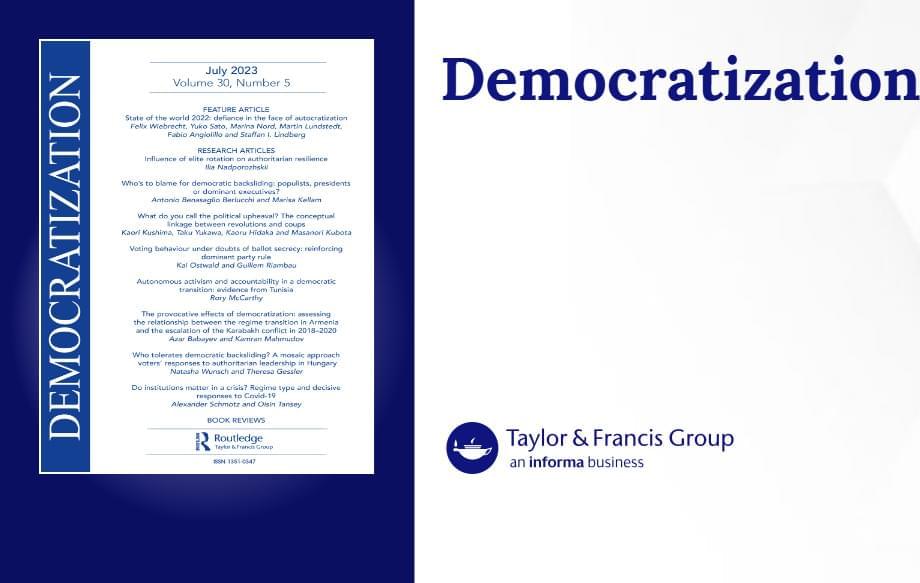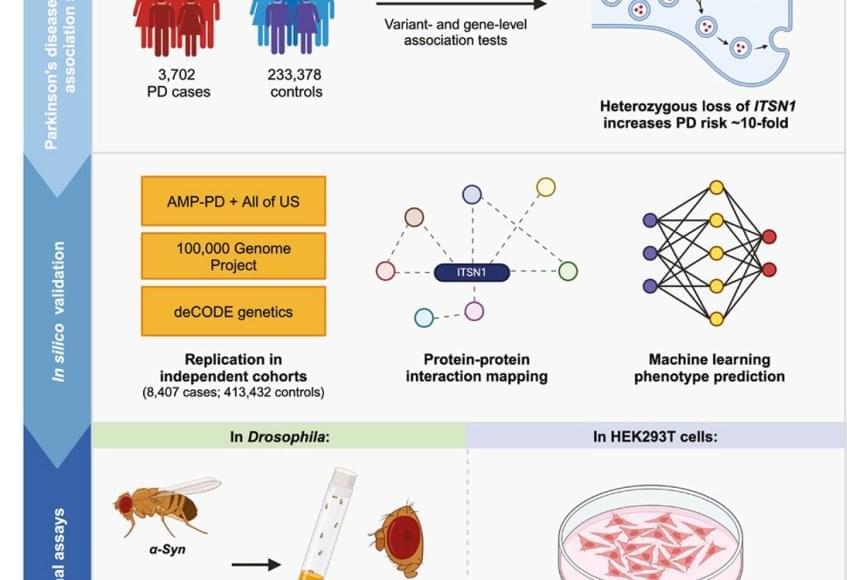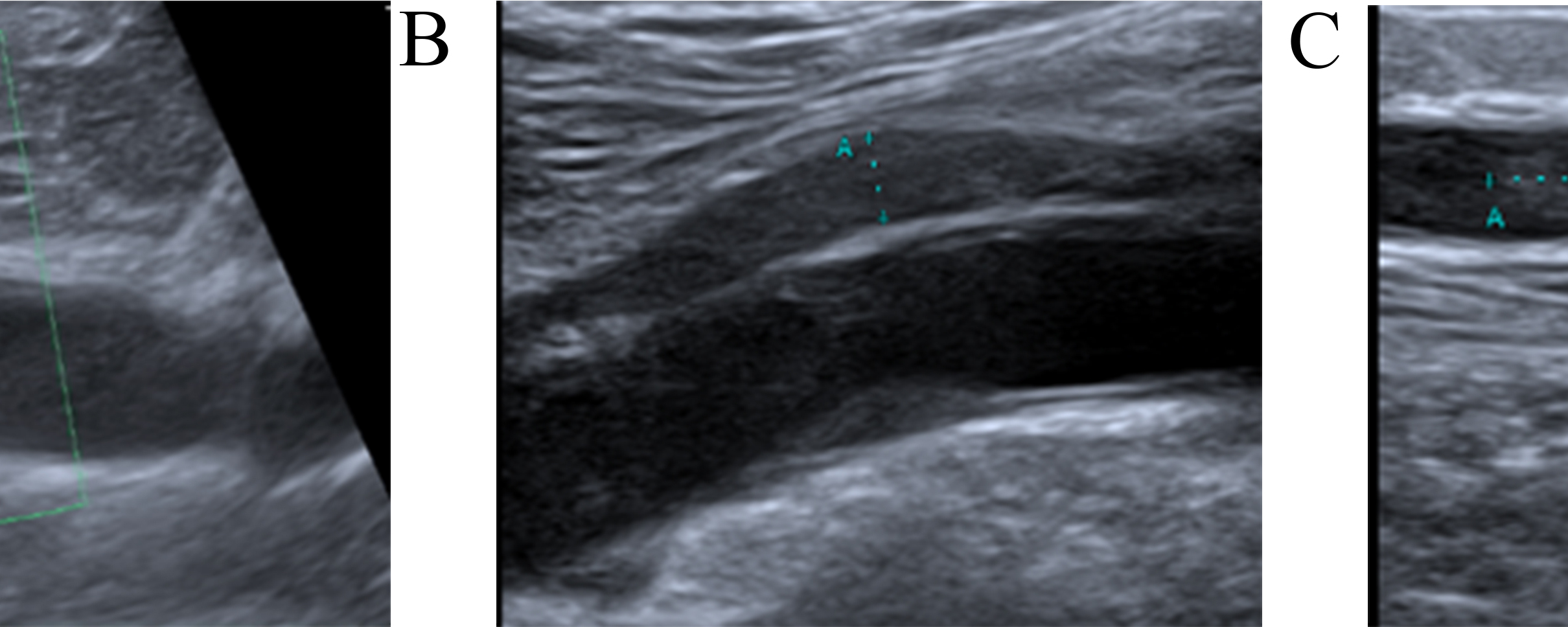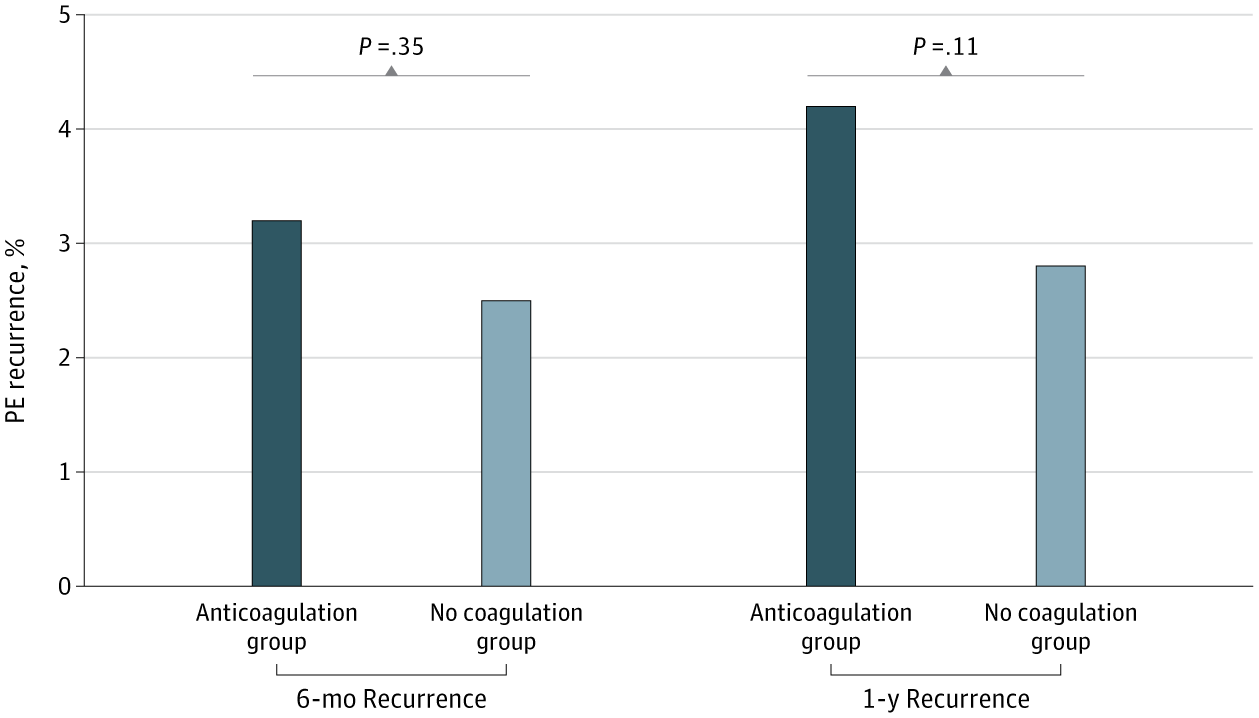Against the backdrop of global democratic backsliding and the rise of authoritarianism, Footnote 1 the nature of authoritarian propaganda and public diplomacy has undergone significant changes. In particular, the transformation of the information environment brought about by the global proliferation of social media has created new avenues for authoritarian states to exert influence over democratic publics. Footnote 2 Notable examples include Russia’s intervention in the 2016 U.S. presidential election Footnote 3 and the dissemination of disinformation regarding COVID-19 by Chinese diplomats. Footnote 4 These actions are referred to as “sharp power,” defined as attempts to “pierce, penetrate, or perforate the information environments in the targeted countries” Footnote 5 with the aim of altering public opinion in democratic countries to favour authoritarian regimes. Footnote 6 Unlike soft power, which appeals to cultural and value-based attractions, sharp power operates as a means to destabilize target countries, weaken their commitment to democracy, and enhance the perceived superiority of authoritarian systems using disinformation and economic incentives. Footnote 7
At the core of sharp power lies the narrative, which is a story-based message that appeals to emotions and values, Footnote 8 and by sustaining attention and fostering emotional resonance, narratives often influence audience behaviour more than objective statistical facts or logical arguments. Footnote 9 Given their persuasive power and emotional impact, narratives are a potent tool for shaping people’s attitudes and behaviours. Political actors leverage narratives not only to strengthen their own position but also to undermine the arguments of opposing forces. Footnote 10 In particular, authoritarian governments use favourable narratives both domestically and internationally to reinforce the legitimacy of their regimes and to emphasise the superiority of authoritarian systems over democratic systems, thereby contributing to a global power shift.








